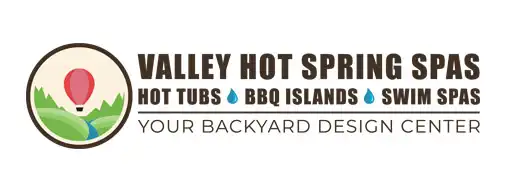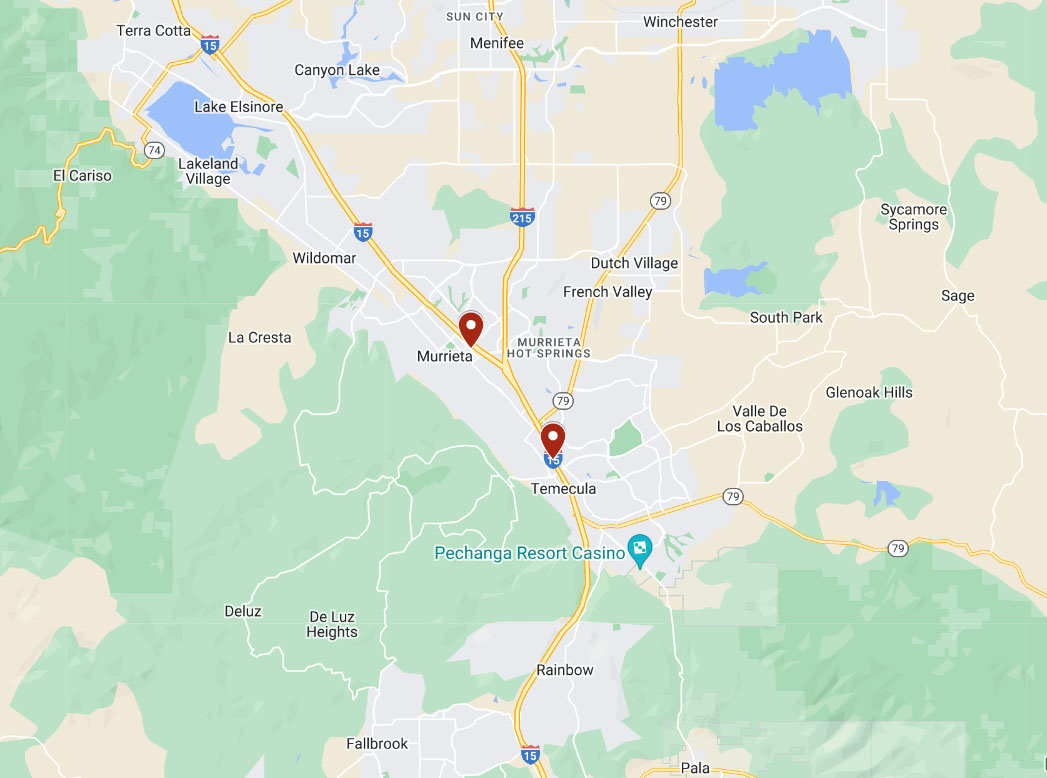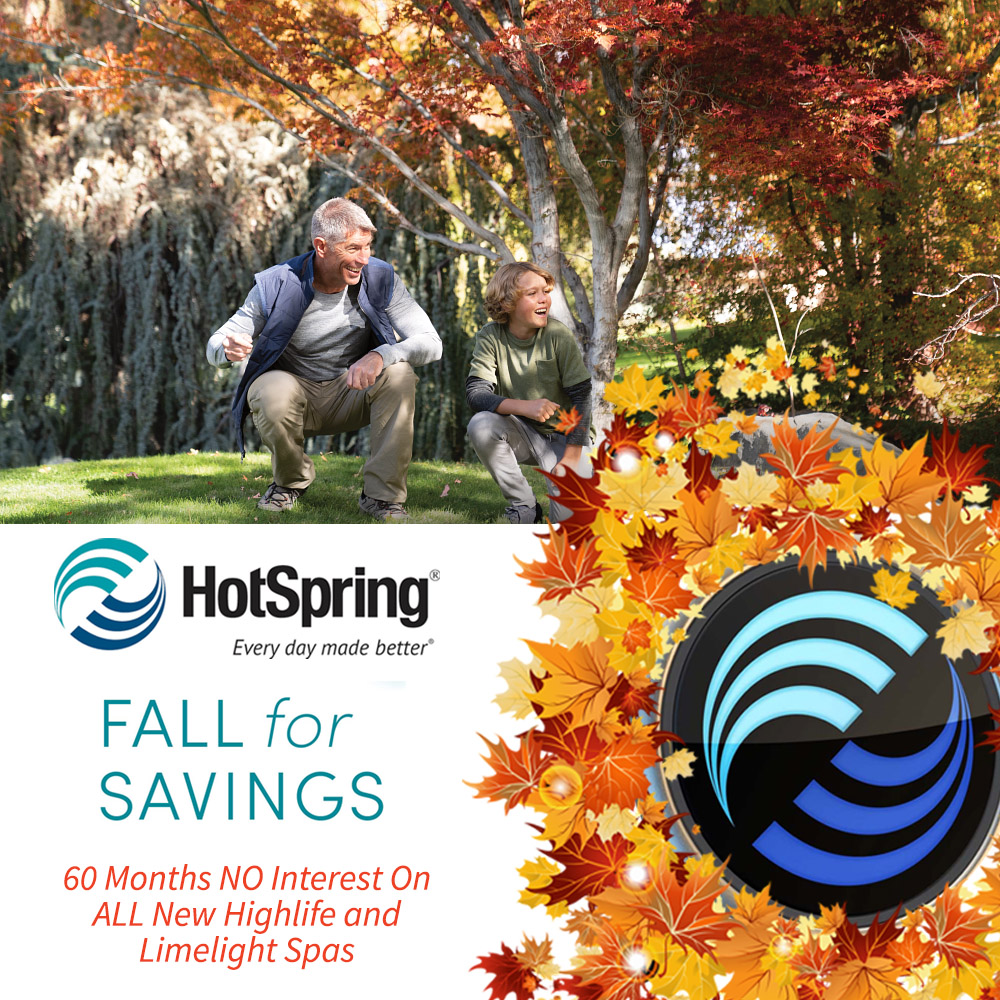
Hydrotherapy, formerly called hydropathy, is a part of medicine, in particular of occupational therapy and physiotherapy, that involves the use of water for pain relief and treatment. The term encompasses a broad range of approaches and therapeutic methods that take advantage of the physical properties of water, such as temperature and pressure, for therapeutic purposes, to stimulate blood circulation and treat the symptoms of certain diseases.
As an example, various therapies used in the present-day hydrotherapy employ water jets, underwater massage and mineral baths (e.g. balneotherapy, Iodine-Grine therapy, Kneipp treatments, Scotch hose, Swiss shower, thalassotherapy) and/or whirlpool bath, hot Roman bath, hot tub, cold plunge and mineral bath.
Historical background
Various forms of hydrotherapy have been recorded in ancient Egyptian, Persian,Greek and Roman civilizations. Egyptian royalty bathed with essential oils and flowers, while Romans had communal public baths for their citizens. Iranians classified spa waters according to effect of spa water in treatment of illness.(Avecina,shafa)Hippocrates prescribed bathing in spring water for sickness. Other cultures noted for a long history of hydrotherapy include China and Japan, this latter being centred primarily around Japanese hot springs, or (onsen). Many such histories predate the Roman thermae.
After an apparent oblivion during the Middle Ages, hydrotherapy was rediscovered during the 18th and 19th centuries by people such as J.S.Hahn, MD, (1696–1773),Philippe Pinel, Vincent Priessnitz (1799–1851),Professor E.F.C. Oertel (1764–1850), and J.H. Rausse (1805–1848).
In the 19th century, a popular revival followed the application of hydrotherapy around 1829, by Vincenz Priessnitz, a peasant farmer in Gräfenberg, then part of the Austrian Empire.This revival was continued by a Bavarian priest, Sebastian Kneipp (1821–1897), “an able and enthusiastic follower” of Priessnitz, “whose work he took up where Priessnitz left it”,after he read a treatise on the cold water cure. In Wörishofen (south Germany), Kneipp developed the systematic and controlled application of hydrotherapy for the support of medical treatment that was delivered only by doctors at that time. Kneipp’s own book My Water Cure was published in 1886 with many subsequent editions, and translated into many languages.
A significant factor in the popular revival of hydrotherapy was that it could be practised relatively cheaply at home. The growth of hydrotherapy (or ‘hydropathy’ to use the name of the time), was thus partly derived from two interacting spheres: “the hydro and the home”.
Revival and practice of hydrotherapy
Former hydrotherapic clinic of Cossila (BI- Italy, established in 1858) as seen in 2012
Hydrotherapy as a formal medical tool dates from about 1829 when Vincenz Priessnitz (1799–1851), a farmer of Gräfenberg in Silesia, then part of the Austrian Empire, began his public career in the paternal homestead, extended so as to accommodate the increasing numbers attracted by the fame of his cures.
Two English works, however, on the medical uses of water had been translated into German in the century preceding the rise of the movement under Priessnitz. One of these was by Sir John Floyer, a physician of Lichfield, who, struck by the remedial use of certain springs by the neighbouring peasantry, investigated the history of cold bathing and published a book on the subject in 1702. The book ran through six editions within a few years and the translation was largely drawn upon by Dr J. S. Hahn of Silesia in a work published in 1738.
The other work was a 1797 publication by Dr James Currie of Liverpool on the use of hot and cold water in the treatment of fever and other illness, with a fourth edition published in 1805, not long before his death. It was also translated into German by Michaelis (1801) and Hegewisch (1807). It was highly popular and first placed the subject on a scientific basis. Hahn’s writings had meanwhile created much enthusiasm among his countrymen, societies having been everywhere formed to promote the medicinal and dietetic use of water; and in 1804 Professor E.F.C. Oertel of Anspach republished them and quickened the popular movement by unqualified commendation of water drinking as a remedy for all diseases. In him the rising Priessnitz found a zealous advocate, and doubtless an instructor also.
At Gräfenberg, to which the fame of Priessnitz drew people of every rank and many countries, medical men were conspicuous by their numbers, some being attracted by curiosity, others by the desire of knowledge, but the majority by the hope of cure for ailments which had as yet proved incurable. Many records of experiences at Gräfenberg were published, all more or less favorable to the claims of Priessnitz, and some enthusiastic in their estimate of his genius and penetration; Captain R. T. Claridge introduced hydropathy into England in the early 1840s, his writings and lectures, and later those of Sir William James Erasmus Wilson (1809–1884),James Manby Gully and Edward Johnson, making numerous converts, and filling the establishments which opened soon after at Malvern and elsewhere, with Scotland particularly well represented.
From the 1840s, hydropathics were established across Britain. Initially, many of these were small institutions, catering to at most dozens of patients. By the later nineteenth century the typical hydropathic establishment had evolved into a more substantial undertaking, with thousands of patients treated annually for weeks at a time in a large purpose-built building with lavish facilities – baths, recreation rooms and the like – under the supervision of fully trained and qualified medical practitioners and staff.
In Germany, France and America, and in Malvern in England where Dr. James Wilson (d. 1867) followed by James Manby Gullyset up their clinics using Malvern water, hydropathic establishments multiplied with great rapidity. Antagonism ran high between the old practice and the new. Unsparing condemnation was heaped by each on the other; and a legal prosecution, leading to a royal commission of inquiry, served but to make Priessnitz and his system stand higher in public estimation.
Increasing popularity soon diminished caution whether the new method would help minor ailments and be of benefit to the more seriously injured. Hydropathists occupied themselves mainly with studying chronic invalids well able to bear a rigorous regimen and the severities of unrestricted crisis. The need of a radical adaptation to the former class was first adequately recognized by John Smedley, a manufacturer of Derbyshire, who, impressed in his own person with the severities as well as the benefits of the cold water cure, practised among his workpeople a milder form of hydropathy, and began about 1852 a new era in its history, founding at Matlock a counterpart of the establishment at Gräfenberg.
Ernst Brand (1826–1897) of Berlin, Raljen and Theodor von Jürgensen of Kiel, and Karl Liebermeister of Basel, between 1860 and 1870, employed the cooling bath in abdominal typhus with striking results, and led to its introduction to England by Dr Wilson Fox. In the Franco-German War the cooling bath was largely employed, in conjunction frequently with quinine; and it was used in the treatment of hyperpyrexia.
The use of heat
Hydrotherapy, especially as promoted during the height of its Victorian revival, has often been associated with the use of cold water, as evidenced by many titles from that era. However, not all therapists limited their practice of hydrotherapy to cold water, even during the height of this popular revival.
The specific use of heat was however often associated with the Turkish bath. This was introduced by David Urquhart into England on his return from the East, and ardently adopted by Richard Barter. The Turkish bath became a public institution, and, with the morning tub and the general practice of water drinking, is the most noteworthy of the many contributions by hydropathy to public health.
Until around 1840, hydropathy was not common in the United States although it was popular in Europe in the 19th century. But in “Nature’s Cures”, Michael Castleman wrote that hundreds of ‘water-cures’ were located on the countryside during the American Civil War.
Hydrotherapy in the United States
The first U.S. hydropathic facility has been attributed to Joel Shew (1816–1855), in 1843or 1844, and to Russell Thatcher Trall (‘R.T. Trall’. 1812–1877) in 1844.The American Cyclopedia states “the first establishment appears to have been that opened in 1844, at No. 63 Barclay Street, New York”, with David Campbell the proprietor and Joel Shew the physician. Campbell also founded the Water Cure Journal
Metcalfe attributes the first establishment to Dr Charles Munde, although this is not supported by Munde himself, or by historical evidence now available. Munde describes himself as becoming familiar with Priessnitz’ methods around 1836, and later migrating from Germany, where he treated scarlet fever cases in Dresden during the winter of 1845–46. Munde’s son recalls that the family went to the area now called Florence, Massachusetts “in the early fifties”, after his father had struggled “for nearly a year in New York in search of a practice”. A blind African American man named David Ruggles had previously set up a water cure practice, and after his death in 1849, Charles Munde learned “of the opportunity to take up his favorite method”, which led him to pick up where Ruggles left off, thence to the naming of Florence, and accordingly, the name of the Florence Water Cure, also called the Munde Water Cure.
By 1850, it was said that “now there are probably more than one hundred”, along with numerous books and periodicals, including the New York Water Cure Journal, which had “attained an extent of circulation equalled by few monthlies in the world”. By 1855, there were attempts by some to weigh the evidence of treatments in vogue at that time.
The experience of Mary S. Gove and Dr Thomas L. Nichols illustrates this growth. In 1844, Dr. Wesselboeft opened a “water cure house” in Brattleboro, Vermont, which Mary S. Gove attended to observe Wesselhoeft’s practice, following which she was resident physician at the Lebanon Springs establishment.She then went to New York, where she observed Dr Shew’s establishment in Bond Street, and in May 1845, opened her own establishment at 261 Tenth-Street, where she gave lectures, took board and day patients, and attended out-door practice. “The first two years I had a large number of board-patients, who came from a distance, from Connecticut, Northern New York, Rhode Island, Ohio, Kentucky, and several from the Southern States”. A few years later, the character of her practice had changed, involving fewer board patients, as establishments opened throughout the country.Gove teamed up with Dr Nichols after they became acquainted in 1848. Nichols reports that his own attention was first drawn to water cure “by the celebrated letter of Bulwer, which was an earnest and enthusiastic, but in some respects mistaken advocacy of the system”.
Other notable American hydropathy proponents of that era were R.T. Trall, who wrote several works and co-edited the Water Cure Journal,Following the introduction of hydrotherapy to the U.S., John Harvey Kellogg employed it at Battle Creek Sanitarium, which opened in 1866, where he strove to improve the scientific foundation for hydrotherapy. Other notable hydropathic centers of the era included the Cleveland Water Cure Establishment, founded in 1848, which operated successfully for two decades, before being sold to an organization which transformed it into an orphanage.
At its height, there were over 200 water-cure establishments in the United States, most located in the northeast. Few of these lasted into the postbellum years, although some survived into the 20th century including institutions in Scott (Cortland County), Elmira, Clifton Springs and Dansville. While none were located in Jefferson County, the Oswego Water Cure operated in the city of Oswego.
Hydrotherapy and spa tourism
The growth of hydrotherapy, and various forms of hydropathic establishments, resulted in a form of tourism, both in the UK,and especially in Europe. At least one book listed English, Scottish, Irish and European establishments suitable for each specific malady,while another focused primarily on German spas and hydropathic establishments, but including other areas.While many bathing establishments were open all year round, doctors advised patients not to go before May, “nor to remain after October. English visitors rather prefer cold weather, and they often arrive for the baths in May, and return again in September. Americans come during the whole season, but prefer summer. The most fashionable and crowded time is during July and August”. In Europe, interest in various forms of hydrotherapy and spa tourism continued unabated through the 19th century and into the 20th century,where “in France, Italy and Germany, several million people spend time each year at a spa.”In 1891, when Mark Twain toured Europe and discovered that a bath of spring water at Aix-les-Bains soothed his rheumatism, he described the experience as “so enjoyable that if I hadn’t had a disease I would have borrowed one just to have a pretext for going on”.
This was not the first time such forms of spa tourism had been popular in Europe and the U.K. Indeed,
in Europe, the application of water in the treatment of fevers and other maladies had, since the seventeenth century, been consistently promoted by a number of medical writers. In the eighteenth century, taking to the waters became a fashionable pastime for the wealthy classes who decamped to resorts around Britain and Europe to cure the ills of over-consumption. In the main, treatment in the heyday of the British spa consisted of sense and sociability: promenading, bathing, and the repetitive quaffing of foul-tasting mineral waters.
Hydrotherapeutic mechanisms and modern medicine
Modern medicine’s successes, particularly with drug therapy, removed or replaced many water-related therapies during the mid-20th century. Nowadays, water therapy may be restricted to use in physical therapy, and as a cleansing agent. However, it is also used as a medium for delivery of heat and cold to the body, which has long been the basis for its application.
Hydrotherapy involves a range of methods and techniques, many of which use water as a medium to facilitate thermoregulatory reactions for therapeutic benefit. While the physiological mechanisms were initially poorly understood, the therapeutic benefits have long been recognised, even if the reason for the therapeutic benefit was in dispute. For example, in November 1881, the British Medical Journalnoted that hydropathy was a specific instance, or “particular case”, of general principles of thermodynamics. That is, “the application of heat and cold in general”, as it applies to physiology, mediated by hydropathy. In 1883, another writer stated “Not, be it observed, that hydropathy is a water treatment after all, but that water is the medium for the application of heat and cold to the body”. Thus, the “active agents in the treatment (are) heat and cold”, of which water is little more than the vehicle, and not the only one”.
With improved knowledge of physiological mechanisms, practitioners wrote specifically of the use of hot and cold applications to produce “profound reflex effects”, including vasodilation and vasoconstriction.These cause changes in blood flow and associated metabolic functions, via physiological mechanisms, including those of thermoregulation, that are these days fairly well understood, and which underpin the contemporary use of hydrotherapy. Although standard anatomy and physiology textbooks make only passing reference, if any, to hydrotherapy, some of the best descriptions of the underlying physiology upon which hydrotherapy relies, are to be found in such textbooks. For example, one of the best succinct descriptions of blood redistribution (which is fundamental to the above-mentioned reflex reaction), quoted below, is from a standard textbook.
…by constricting or dilating arterioles in specific areas of the body, such as skeletal muscles, the skin, and the abdominal region, it is possible not only to regulate the blood pressure but also to alter the distribution of blood in various parts of the body.
British and other hydrotherapy establishments are discussed from another standpoint in a recent history of psychiatry.
Examples of hydrotherapy applications
Before World War II, various forms of hydrotherapy were used to treat alcoholism,and it is used today in alternative medicine. For instance, the basic text of the Alcoholics Anonymous fellowship, Alcoholics Anonymous, reports that A.A. co-founder Bill Wilson was treated by hydrotherapy for his alcoholism in the early 1930s.
The use of water to treat rheumatic diseases has a long history. It continues to be used as an adjunct to therapy, including in nursing, where its use is now long established. It continues to be widely used for burn treatment.
Hydrotherapeutic modalities
The appliances and arrangements by means of which heat and cold are brought to bear are (a) packings, hot and cold, general and local, sweating and cooling; (b) hot air and steam baths; (c) general baths, of hot water and cold; (d) sitz (sitting), spinal, head and foot baths; (e) bandages (or compresses), wet and dry; also (f) fomentations and poultices, hot and cold, sinapisms, stupes, rubbings and water potations, hot and cold.
Submersive hydrotherapy
Hydrotherapy which involves submerging all or part of the body in water can involve several types of equipment:
- Full body immersion tanks (a “Hubbard tank” is a large size)
- Arm, hip, and leg whirlpool
Whirling water movement, provided by mechanical pumps, has been used in water tanks since at least the 1940s. Similar technologies have been marketed for recreational use under the terms “hot tub” or “spa”.
source:wikipedia.org/wiki/Hydrotherapy




